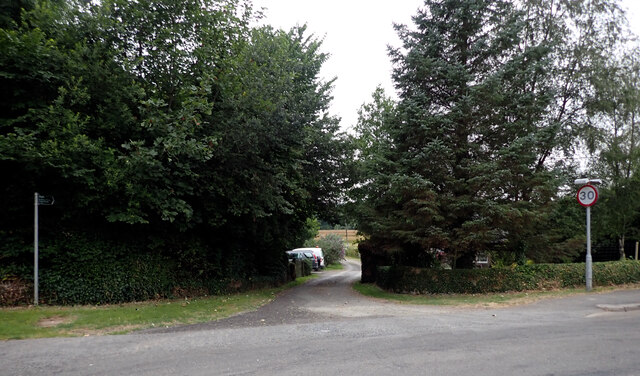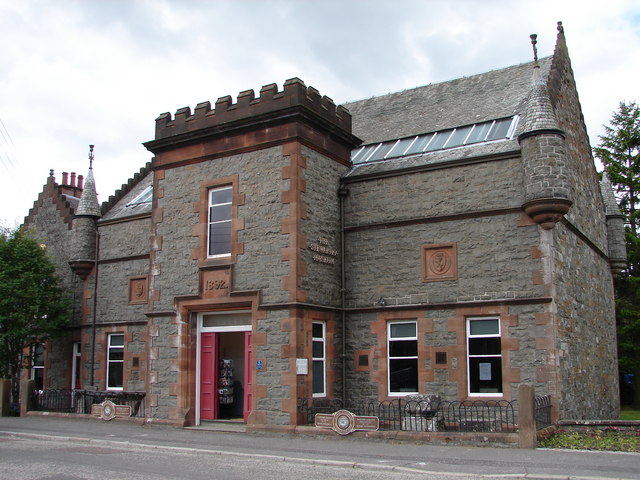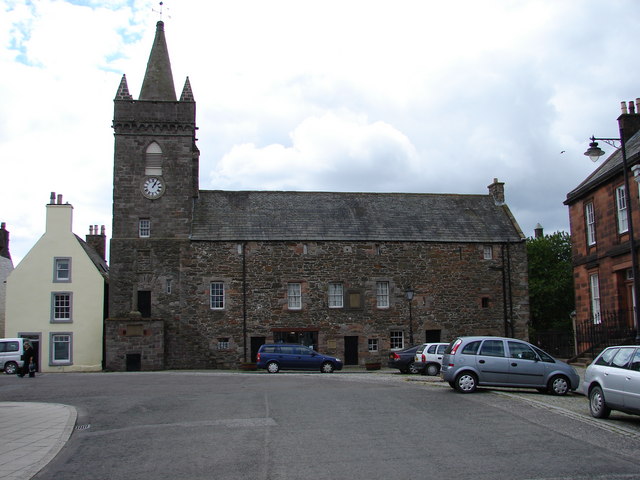Black Moray Plantation
Wood, Forest in Kirkcudbrightshire
Scotland
Black Moray Plantation
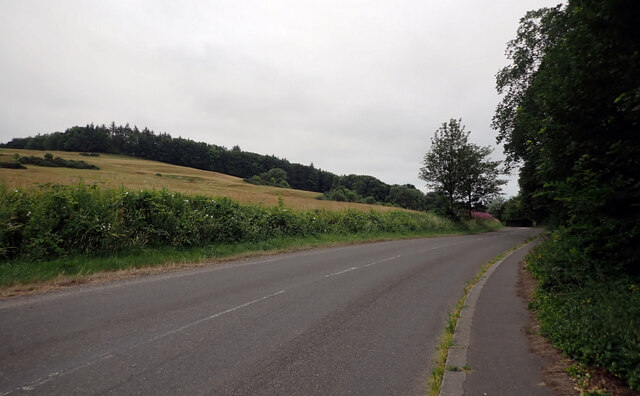
Black Moray Plantation is a sprawling woodland located in Kirkcudbrightshire, a historic county in Scotland. Covering a vast area of lush, verdant terrain, this plantation is renowned for its dense and diverse forest, making it a haven for nature enthusiasts and outdoor adventurers alike.
The plantation is primarily composed of black moray trees, from which it derives its name. These tall, majestic trees create a stunning canopy that provides shade and shelter for a wide array of flora and fauna. The black moray trees boast dark, glossy leaves and a straight, sturdy trunk, adding to the plantation's aesthetic appeal.
Walking through the plantation, visitors will be greeted by a rich tapestry of vegetation. The forest floor is carpeted with a variety of mosses, ferns, and wildflowers, creating a vibrant and picturesque landscape. The air is filled with the sweet scent of pine and the melodious songs of birds that call the plantation home.
Black Moray Plantation is also home to numerous animal species. Red squirrels can be spotted darting among the branches, while deer gracefully roam the woodland. Birdwatchers will be delighted by the presence of woodpeckers, owls, and various songbirds.
In addition to its natural beauty, the plantation offers a network of well-maintained walking trails, allowing visitors to explore its enchanting surroundings. These trails cater to different levels of difficulty, providing options for both leisurely strolls and more challenging hikes.
Overall, Black Moray Plantation is a captivating destination that showcases the breathtaking beauty of Kirkcudbrightshire's woodlands. Its diverse ecosystem, scenic trails, and abundant wildlife make it a must-visit location for nature lovers and those seeking tranquility in the heart of Scotland.
If you have any feedback on the listing, please let us know in the comments section below.
Black Moray Plantation Images
Images are sourced within 2km of 54.82366/-4.0462565 or Grid Reference NX6849. Thanks to Geograph Open Source API. All images are credited.
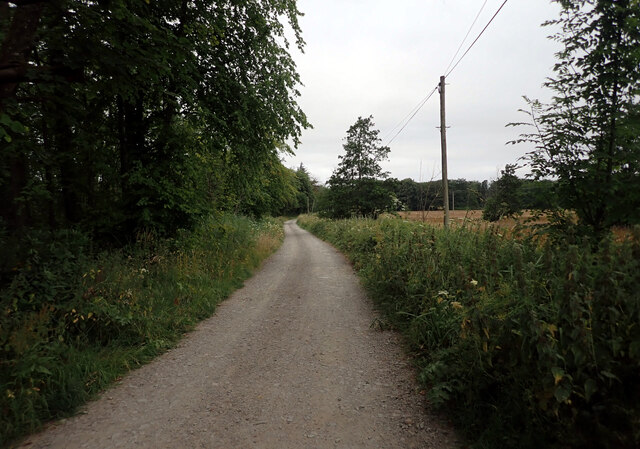
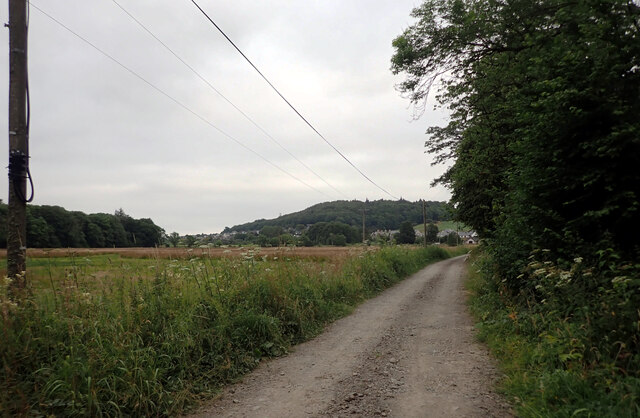
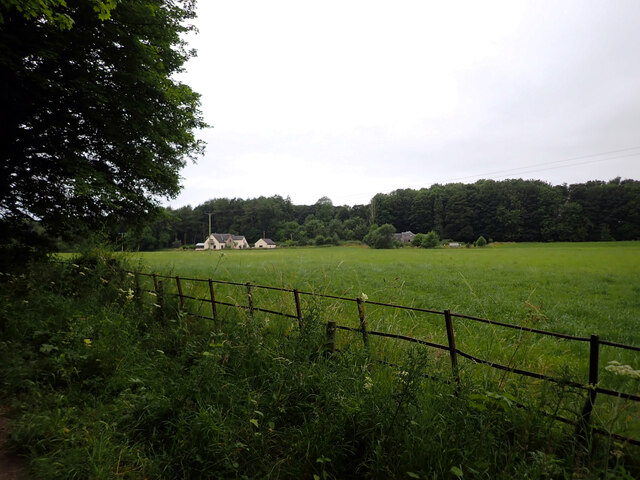
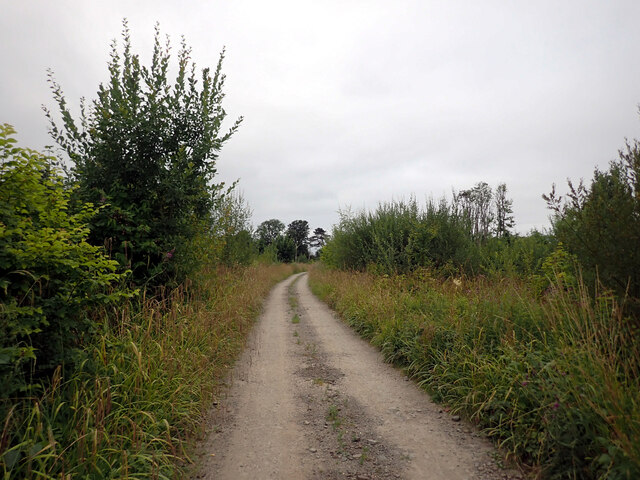











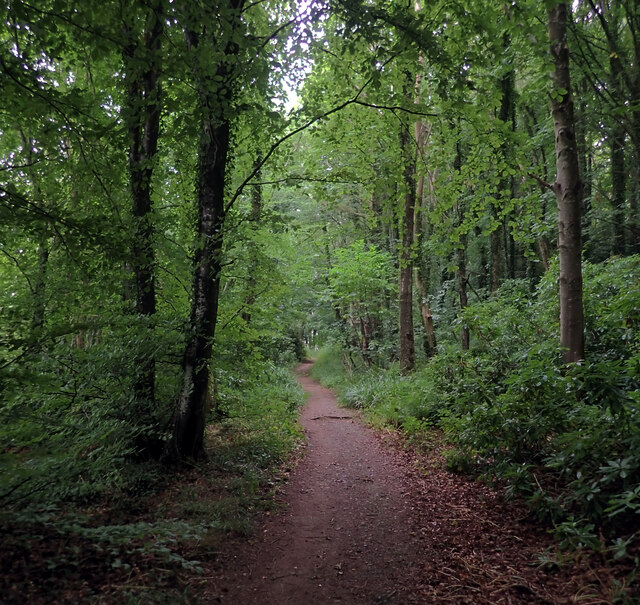
Black Moray Plantation is located at Grid Ref: NX6849 (Lat: 54.82366, Lng: -4.0462565)
Unitary Authority: Dumfries and Galloway
Police Authority: Dumfries and Galloway
What 3 Words
///dorms.foster.became. Near Kirkcudbright, Dumfries & Galloway
Nearby Locations
Related Wikis
Kirkcudbright
Kirkcudbright ( kur-KOO-bree; Scots: Kirkcoubrie; Scottish Gaelic: Cille Chùithbeirt) is a town, parish and a Royal Burgh from 1455 in Kirkcudbrightshire...
Kirkcudbright Hospital
Kirkcudbright Hospital is a health facility in Barrhill Road, Kirkcudbright, Dumfries and Galloway, Scotland. It is managed by NHS Dumfries and Galloway...
Stewartry Museum
The Stewartry Museum is a local museum in Kirkcudbright, Scotland, which covers the history of this part of Galloway. == History == The museum was originally...
County Buildings, Kirkcudbright
County Buildings is a municipal building in Kirkcudbright, in the Dumfries and Galloway council area in Scotland. It was originally two houses on High...
St Cuthbert Wanderers F.C.
Saint Cuthbert Wanderers Football Club are a football club from the town of Kirkcudbright in the Stewartry in Galloway, Scotland. They play in the South...
Kirkcudbright Town Hall
Kirkcudbright Town Hall is a municipal building in St Mary's Street, Kirkcudbright, Scotland. The building, which was the headquarters of Kirkcudbright...
Kirkcudbright Tolbooth
Kirkcudbright Tolbooth is a historic municipal building in Kirkcudbright in Dumfries and Galloway, Scotland. Built between 1627 and 1629 to serve the town...
Kirkcudbright Academy
Kirkcudbright Academy is a state funded, six-year secondary school in Kirkcudbright, Scotland with about 400 pupils and 87 staff including teaching, support...
Nearby Amenities
Located within 500m of 54.82366,-4.0462565Have you been to Black Moray Plantation?
Leave your review of Black Moray Plantation below (or comments, questions and feedback).
